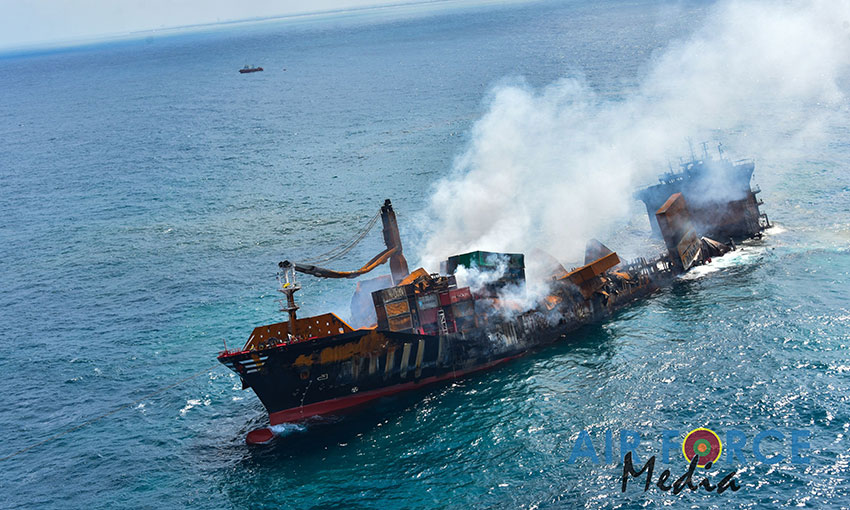THE CARGO Incident Notification System Network has compiled a comprehensive publication that covers the properties of lithium-ion batteries and their potential to explode, start fires and emit toxic gases.
It is the first in a series of in-depth advisory publications aimed at minimising the risks of transporting lithium-ion batteries and cells launched amid heightened concern over container fires.
CINS developed the publication, Lithium-ion Batteries in Containers Guidelines, with its partners the International Group of P&I Clubs, ICHCA International and TT Club.
The publication seeks to prevent the increasing risks that the transport of lithium-ion batteries by sea creates. It provides suggestions for identifying such risks and thereby helping to ensure a safer supply chain in the future.
Extensive measures to safely transport what is an exponentially increasing volume of lithium-ion batteries, in their various states or charge and when also contained in electronic devices are fully examined including, classification and regulation, container packing, landside storage, stowage onboard ships, incident detection and fire suppression, and loss prevention and risk mitigation.
CINS deputy chair Dirk Van de Velde said his organisation strongly urged all stakeholders in the production, supply, transport, handling and sale of lithium-ion batteries – whether as individual components or integrated into an electronic device, vehicle or other product – to recognise their responsibilities in maximising safety when in transit.
“Our guidelines will create greater awareness of the possibilities of the damaging and life-threatening incidents, which have already occurred, and instil more urgent motivation to act before more catastrophic disasters result,” he said.
NorthStandard loss prevention executive Mark Smith said as experience of transporting lithium-ion batteries widens and the technology surrounding their chemical composition, production and application rapidly evolves, risk controls and loss prevention measures need to keep pace.
“The work encapsulated in these guidelines will, of necessity, continue and be undertaken in collaboration with all relevant stakeholders to increase our knowledge and understanding of the risks posed by carriage of lithium – ion batteries in containers by sea,” he said.
“This publication follows on from a very successful one-day conference held on 15th March by the IG P&I Clubs, CINS, TT Club to bring all parties together to discuss such risks and to share knowledge and experience of carriage across the logistics supply chain.”
TT Club risk management director Peregrine Storrs-Fox said as the pressure on all forms of economic activity for decarbonisation increases, the use of these batteries will inevitably escalate at rates.
“Air transport has been heavily restricted already and it is clear that surface modes will be called upon to transport these goods,” he said.
“As an adaptable unit, the container will remain a focal point for safe transport, including for EVs alongside other vehicle carriers. The intermodal nature of containers means more actors other than shipping lines, be they manufacturers, packers, forwarders, logistics operators, warehouses and cargo handlers must all be cognisant of the safety issues we are addressing and play their part in ensuring the risks are properly managed.”


